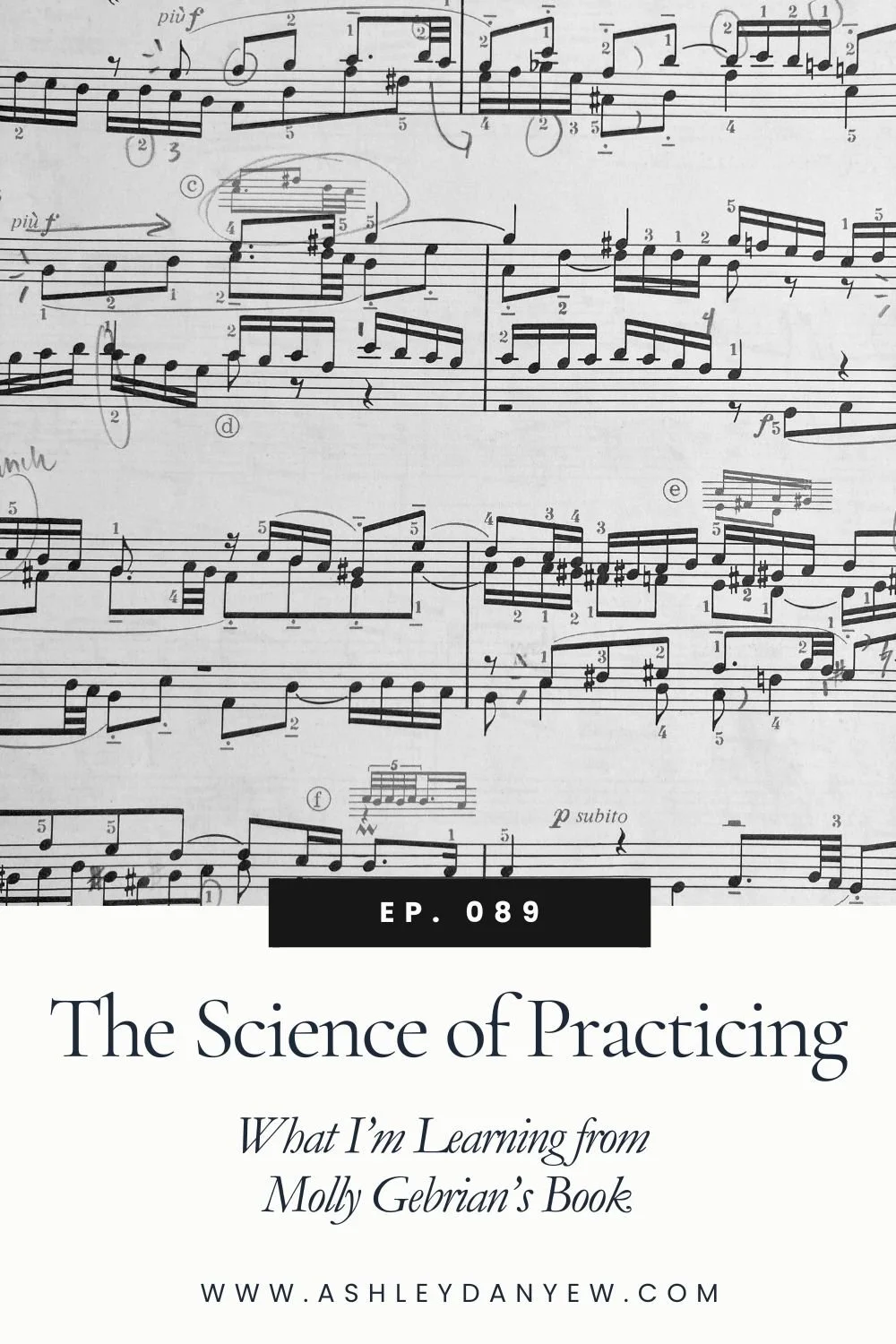As we prepare for the Spring semester and look forward to lessons resuming in January, I want to share nine collections I’ve been using with my students this year. Some are etudes based on specific technical patterns, others are solo repertoire books. Most of these are available through Piano Safari, though they can be used alongside any method book.
For reference, my elementary and early intermediate students are in Piano Safari Levels 1-3 and range from 2nd-7th grade.
If you're looking to refresh your teaching materials for January or add some variety to your studio library, I hope you'll find a few gems here that spark your interest.

















